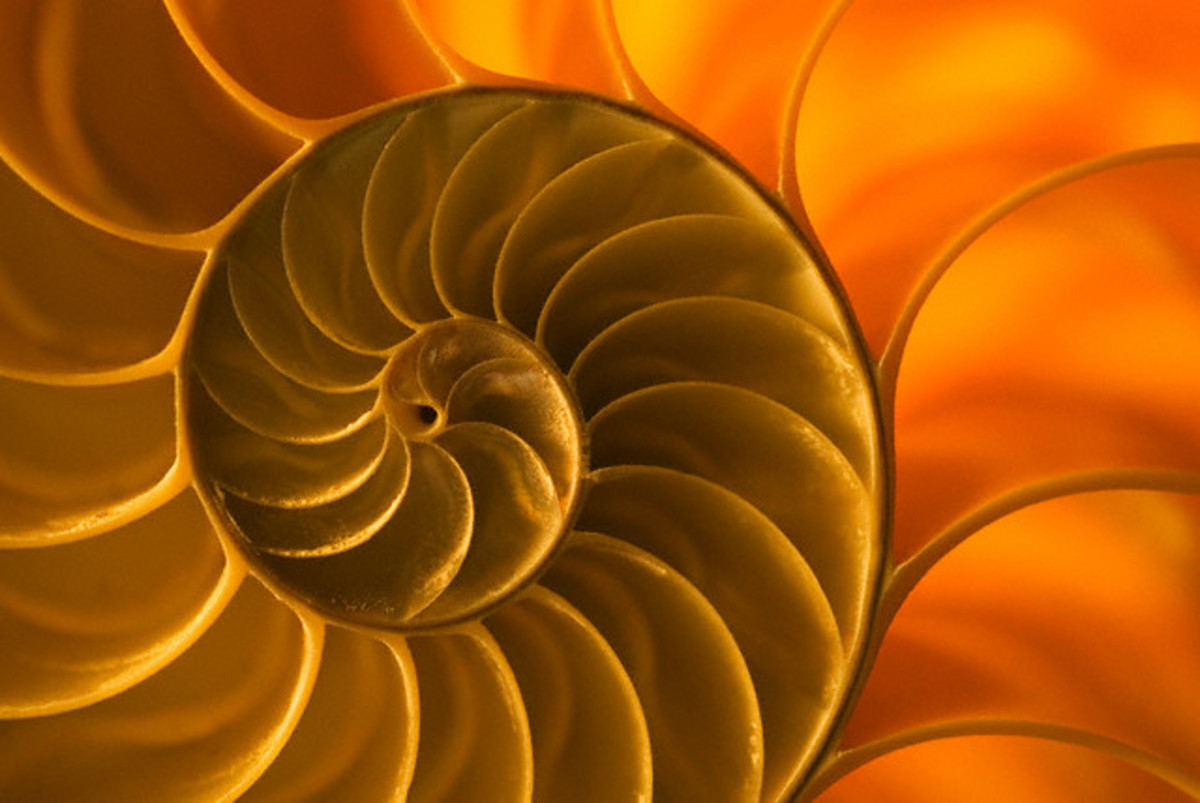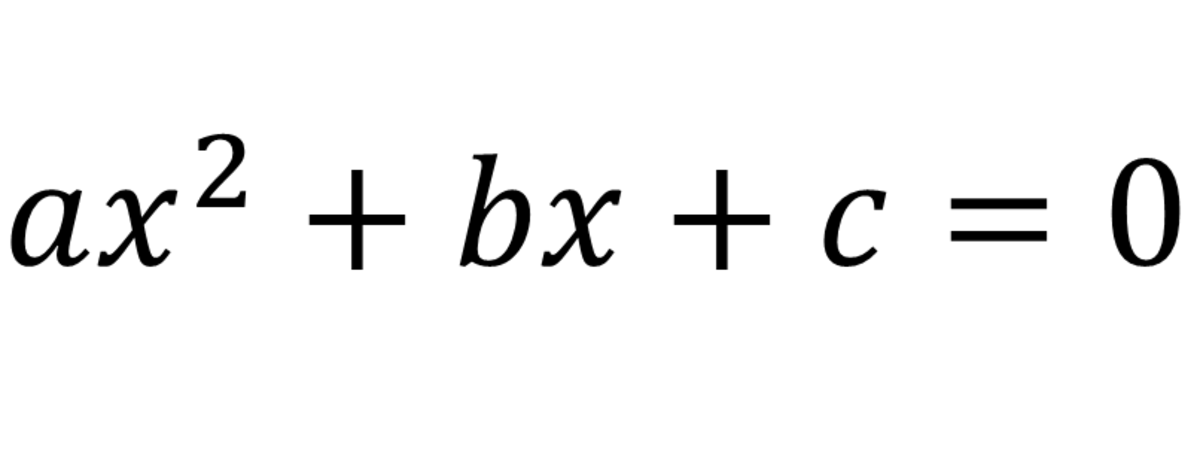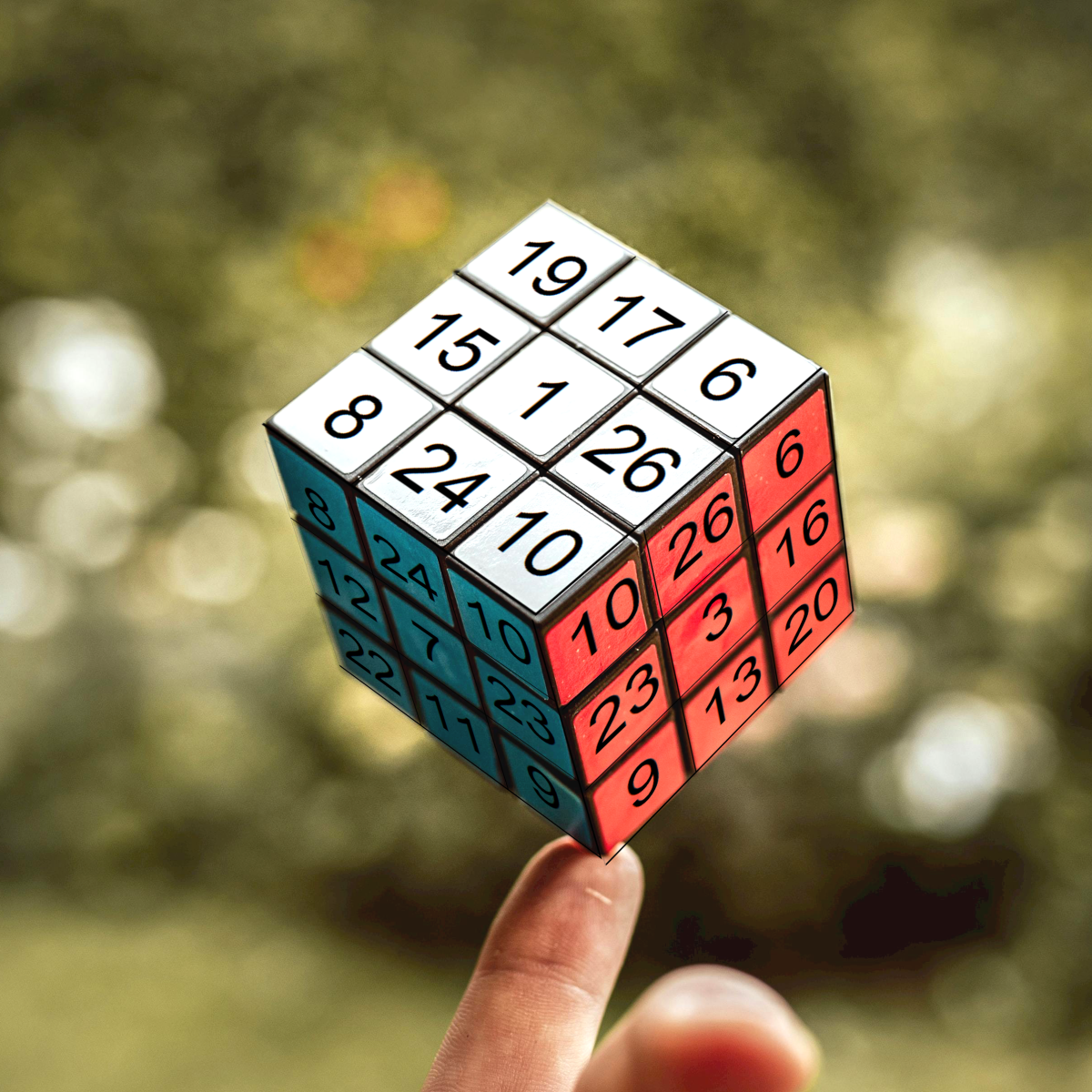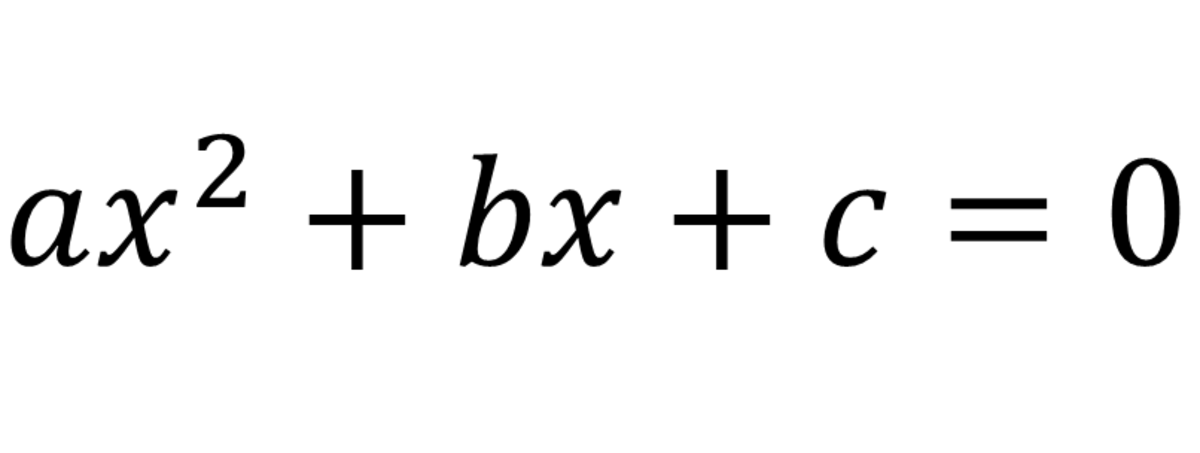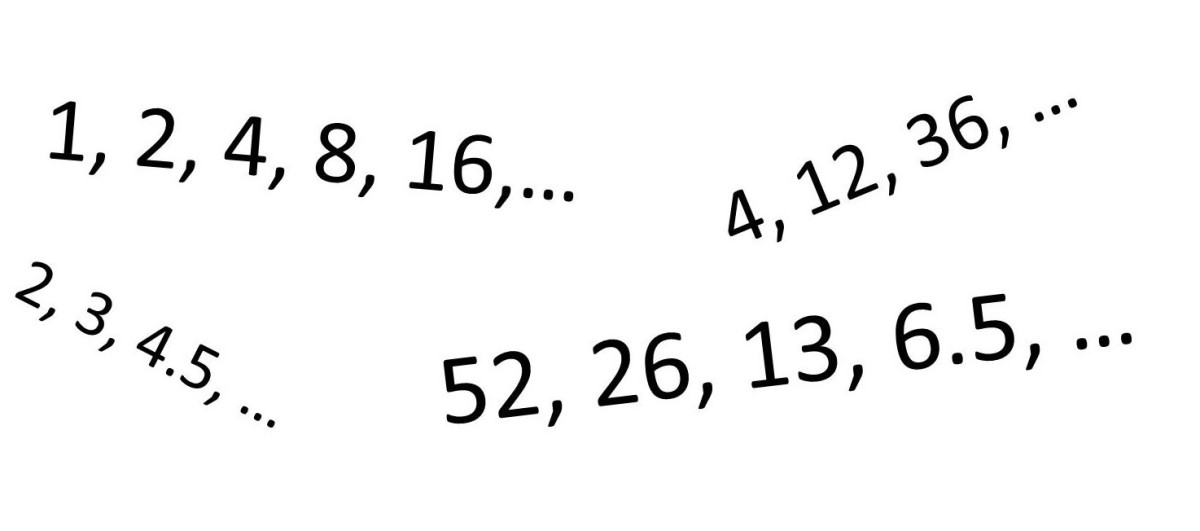What are Whole Numbers?
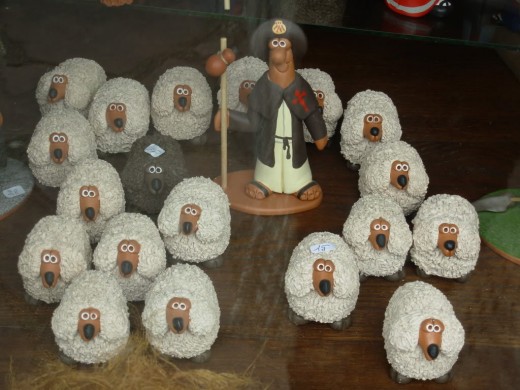
Review of natural numbers
- What are Natural Numbers?
The Set of Real Numbers You have been using numbers since Kindergarten. And you will continue to use numbers everyday, throughout your life. But have you ever asked yourself: What are numbers...
Adding and subtracting
The need for numbers arose out of the need to keep track of objects or wealth.
Suppose a prehistoric farmer had a flock of sheep. He does not have any concept of numbers as we use them nowadays.Nor does he know how to count in our sense of the word.But he can keep track of his flock by cutting a notch on a stick for every animal. This notch probably led to the symbol 1 for one. The symbol 1 for one is almost universal in all numeration systems.
Suppose the farmer started with four sheep. He makes four notches in his stick; one for each sheep.
/ / / / = 4
In the spring, two lambs are born.The farmer now adds two new notches to his stick. This gives rise to the operation of "addition".
/ / / / / / = 4+ 2
But flocks do not always increase in number. Suppose the farmer had six sheep but a pack of wolves killed three of them. The farmer will now have to remove three notches. The action of removing or "taking away" is expressed by the operation of "subtraction".
/ / / X X X = 6 - 3
The set of natural numbers is
N = {1,2,3,....n, n+1,....}
... (ellipsis) means that this set goes on and on; it is infinite.Intuitively, we understand the operation + to mean adding. Each natural number n gives rise
to another natural number by the process of adding 1 to n

The need for zero
Suppose the farmer lost all his sheep. He now has no sheep : X X X
How can we express this idea in the context of numbers?
We introduce the number zero or 0.
Historically, people had a lot of trouble accepting zero as a number; possibly because we cannot make a notch for it!
But zero has all the properties of the natural numbers ( plus a few of its own).
Eventually, zero was accepted as a number.
We call the set of natural numbers plus zero the set of whole numbers or W
W = N + {0}
or
W = {0,1,2,3,......}
Again ... (the ellipsis) means the set goes on and on; it is infinite.
More about zero
History of zero
Properties of Whole Numbers
Let a,b, and c be whole numbers.
Commutative Property of addition
a + b = b + a
Commutative Property of Multiplication
a . b = b . a
Associative Property of Addition
a + (b + c) = ( a + b ) + c
Associative Property of Multiplication
a . (b . c) = (a. b ) .c
Identity under Multiplication
a . 1 = 1 . a = a
Distributive Property
a . ( b + c ) = a. b + a . c
These are just the properties of natural numbers.
But whole numbers have another property:
Identity under Addition
a + 0 = 0 + a = a
You can verify these properties with any combination of whole numbers.
Further Study and Reference
- Indian Mathematics - History for Kids!
Indian Math History for Kids - a history of Indian Mathematics
Learning Math
- Preparing Your Pre Schooler to Enjoy Math
" I am learning all the time." As a mathematics teacher with experience teaching all grades from Kindergarten to College level, I am often asked the following question: "Why do some children do well in math...



